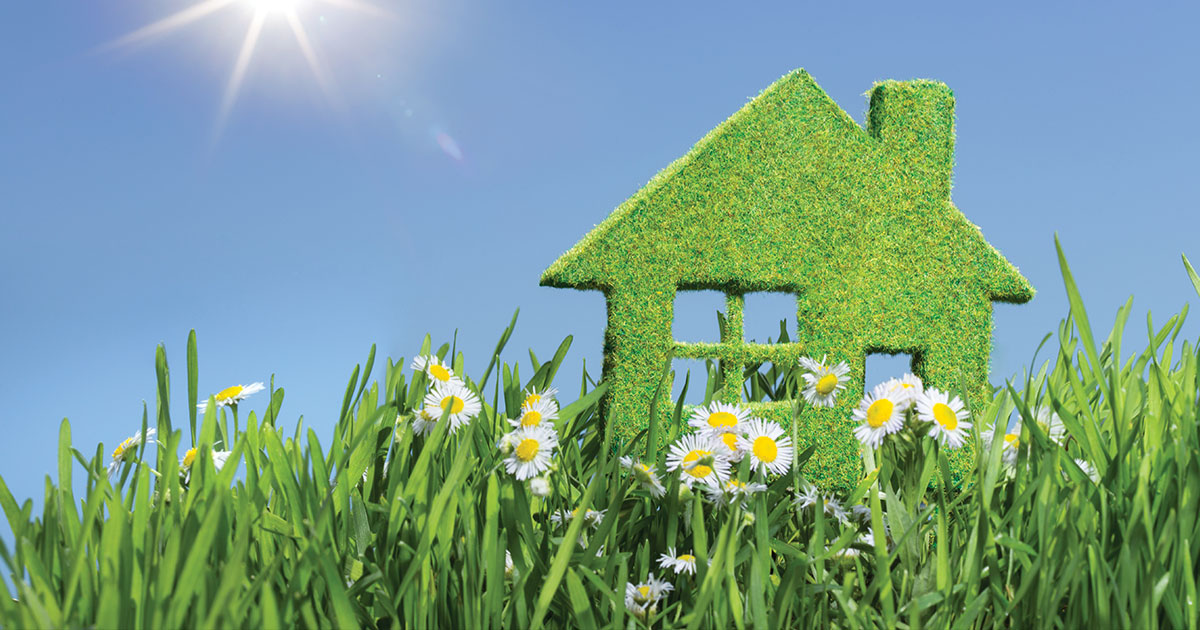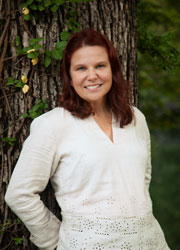Personal health often begins with factors we can see and control. We often do not connect health to the place in which we spend the most time: our homes. Becoming aware of the ways to remove dander and dust mites, bacteria and viruses, mold and mildew, and chemical toxins can have a long-term effect on our health.
Adopt a Shoes Off Policy: Over 80% of the dirt, countless allergens, bacteria, and toxic chemicals tracked inside the home can be caught with an exterior door mat. To prevent spreading 421,000 units of bacteria on your floors, begin by adopting a shoes- off policy.
Clean Hardwood Flooring Often: Try to avoid using harsh chemicals, and replace with a mild vinegar and water.
Vacuum with a HEPA Filter:To collect dust, dust mites, animal dander, dirt, and other types of debris, it is recommended you use a “high-energy particulate air” filter, or HEPA, for the best results.
Filter Your Drinking Water: Levels of lead, chlorine, and other contaminants can greatly reduce levels of “activated carbon filters” that are used to filter your water. You can choose a tap-mounted system, or one concealed under your sink. Another effective system is using a filtrated pitcher.
Replace Refrigerator Filters: Mark your calendars for an important event – change your refrigerator filter. Every six months, this action needs to be performed to prevent sediment buildup and allowing contaminates to enter into your water dispenser.
Set up a Humidity Monitor: Your home should maintain a humidity level between 40 to 50%. Anything beyond will trigger mold or mildew. If levels fall below 20%, your home will need a humidifier.
Air Purifiers: As a quiet system, you will barely know the unit is working until blackened particulars comprising odor, pollen, smoke, dust, and allergens are removed and washed. It is best if the air purifier has a HEPA filter.
Air Purifying Plants: Indoor air pollutants have been ranked among the top five environmental risks to public health. The “green” solution is to keep the following air purifying plants: spider plants and peace lilies, aloe vera and snake plants, English ivy, bamboo palm, and the dracaena. Please research each plant first. While some are wonderful air purifiers, they may be toxic to dogs, cats, or children.
Replace Plastic Storage Containers with Glass: The emergence of the BPA Free campaign provided the truth of plastic. We were eating off of toxins. Begin by throwing away any containers with the numbers 3, 6, or 7 on the bottom. The easy solution, despite the extra weight, is glass. Lids can easily be hand washed.
Turn on Your Range-Hood Fan:The reason why you turn on a range-hood fan is to remove air pollutants like carbon monoxide and nitrogen dioxide from the air. The fan also lowers the air’s humidity, preventing bacteria and mold from forming. To keep your fan running properly, clean the vent regularly.
Always Use a Shower Fan: Run your fan during your showers, and at least 20 minutes afterward to vent the excess moisture and prevent mildew and mold.
Consider a Steam Washing Machine: Look for an NSF-certified model, which eliminates germs and allergens through steam heat.
Dryer Balls instead of Dryer Sheets: Dryer sheets contain harmful chemicals which cycle through and adhere to your laundry. The most economical and safe replacement is 100% wool dryer balls. Not only will they promote air pockets to save electricity, but will save you money annually.
Be Aware of Dry Cleaning Chemicals: One of the most common dry-cleaning solvents is a carcinogen and neurotoxin called perchloroethylene. Based on a study by Georgetown University, PERC was proven to “build up” with each cleaning. Remove the bags and air out your clothes even before putting the clothes in your vehicle. An alternative may be to use a “press only” option.
Open Windows:EPA studies have confirmed that indoor air pollutants are up to five times higher than outdoor air. The simplest solution is to provide open airflow from the front to the back of the house, which includes upstairs windows.
Creating a clean house is more than just vacuuming, dusting, washing and drying. The more we can learn how to create a healthier, less toxic home, the better! Without a great expense, crossing a few items off of this list each week will positively impact your health and happiness!






















